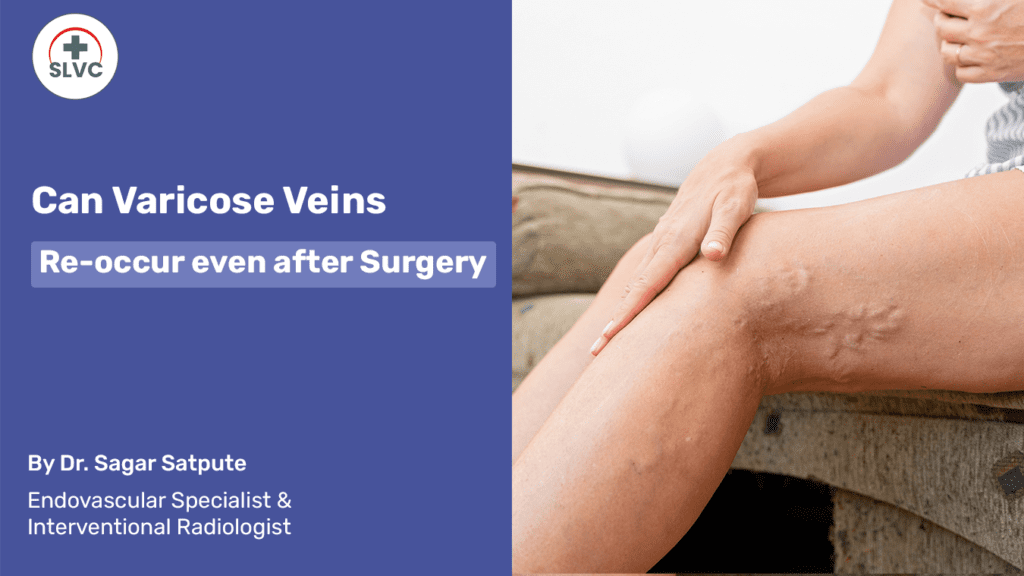In cases where varicose veins re-occur, several treatment options are available beyond surgery. Sclerotherapy, a minimally invasive procedure, involves injecting a solution directly into the affected veins, causing them to collapse and gradually disappear. This technique is particularly effective for treating smaller varicose veins. Additionally, lifestyle adjustments, such as maintaining a healthy weight, staying physically active, and elevating the legs when possible, can help manage symptoms and prevent re-occurrence. For more severe cases, a re-assessment of surgical options might be necessary, potentially utilizing advanced techniques that have emerged since the initial surgery.
